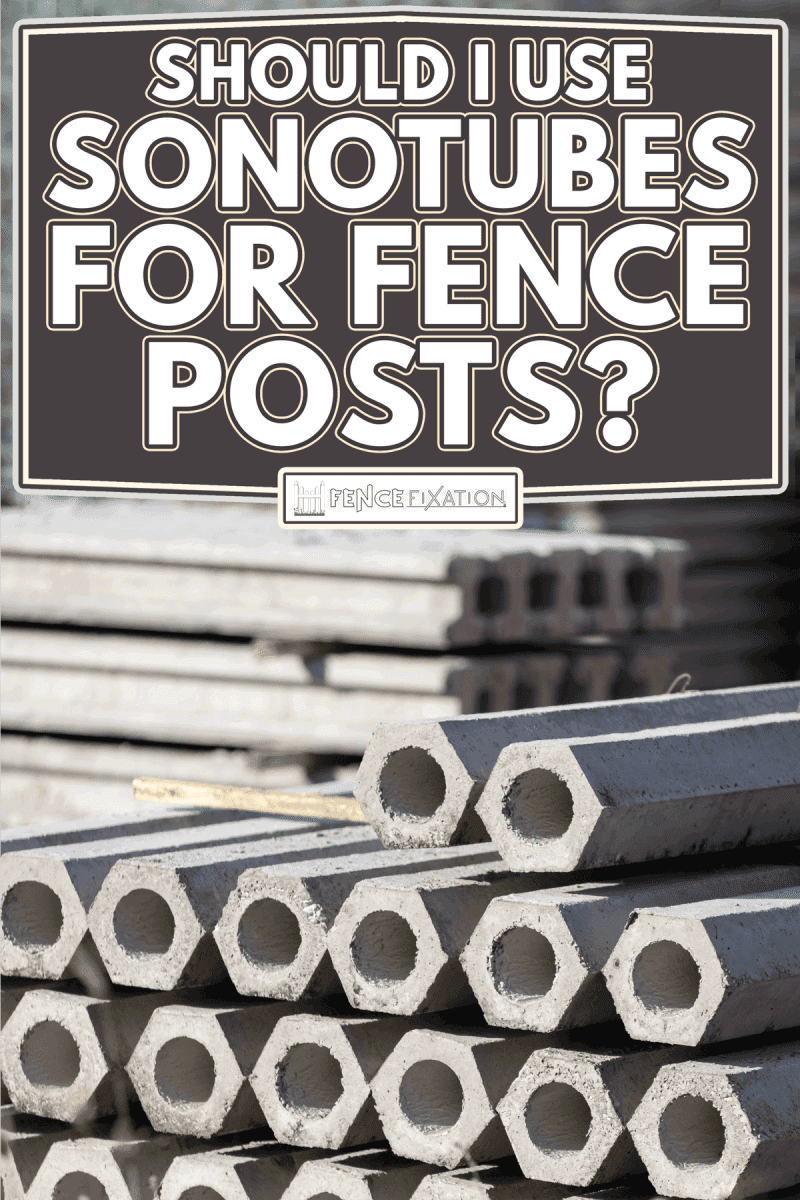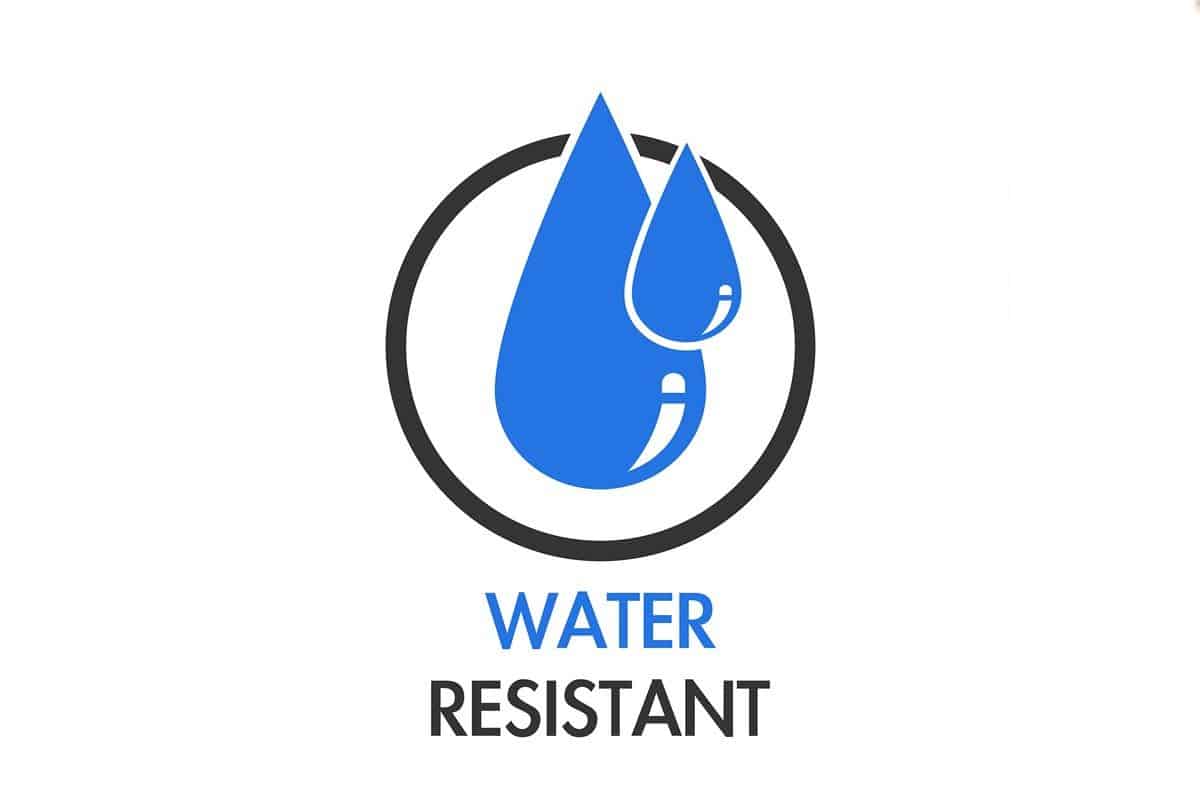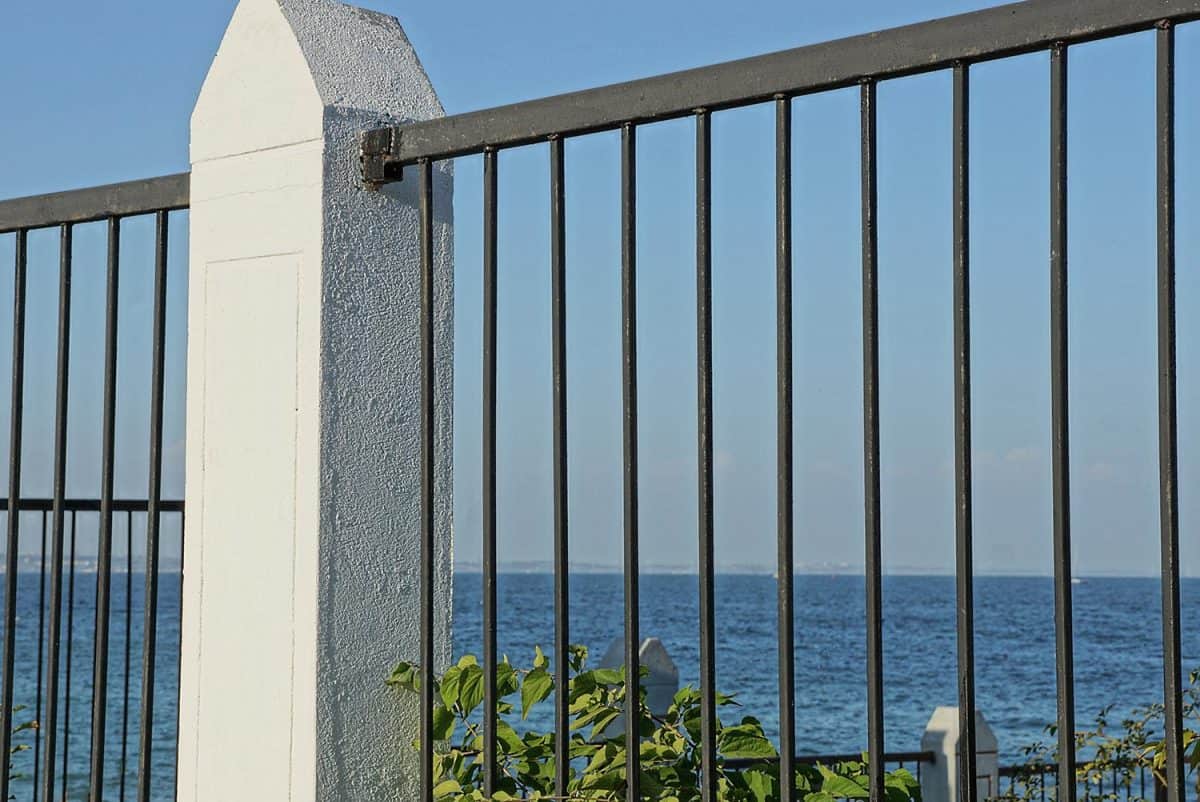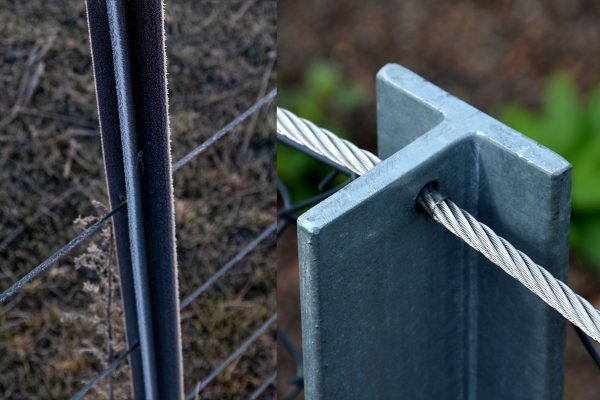Concrete posts are complex to install since they require castings to form and mold. Advances in the construction industry have created products like Sonotubes to simplify the whole process. But should you use Sonotubes to install concrete posts? We have researched this material to help you make an informed decision.
Yes, you should consider using Sonotubes to eliminate the traditional and laborious method of setting concrete. It saves time, requires fewer materials, and lessens construction costs.
With Sonotubes, all you have to do is position, fill, then remove once the concrete mixture sets. To find out if Sonotubes are suitable for your fencing needs, please read on, we're here to inform and help.

Sonotubes: An Overview
Sonotubes are reinforced cardboard molds designed to create concrete columns and posts. Traditionally, wood was used to shape or form the structures and took considerable work and time to construct, complete, and disassemble.
Sonotube is a registered trademark owned by SPC Resources Inc. but has become the common name for tubes, cores, and fiber concrete columns due to its popularity and wide usage.
They are made of reinforced cardboard, fiber, plastic, and composite materials that create a strong and firm cylinder to mold concrete.
Sonotubes are used in a wide range of applications, from DIY home structures such as posts and decks to building construction and even in the paper, yarn, and textile industries.
They provide great convenience especially for small home projects because they are easy to use, lightweight, and both labor and cost-efficient.
What Are The Types And Sizes Of Sonotubes?
Sonotubes are available in a wide range of sizes and types.
For structures around the house like fence posts, decks, swings, and mailbox posts to name a few, they are available from a height of 3 feet with a diameter of 6 inches, onwards.
Commercial Sonotubes are made of superior strength material capable of withstanding water contact for up to 3 days. Due to the wide varied range of possible applications, they come in lengths of 12 to 20 feet and diameter sizes from 6 to 60 inches.
Sonotubes are noted for their exceptional strength and resistance to water and tearing. This is due to the layers of the material and the intricate process of manufacture.
Initially, cardboard is trimmed into sheets or ribbons and then wound into a metal reel.
It undergoes a winding process where several layers of cardboard are sealed with adhesives. Finally, to secure the adhesive to the cardboard ribbons, it is subjected to a pressure roller to eliminate gaps or air pockets.
Check out Quikrete Quik-Tube 4ft. L x 8 in. Dia on Amazon.
How To Use Sonotubes
Put simply, the process involves positioning the cylinder, pouring concrete, and removing the mold once the mixture has been set. Below is a more detailed, step-by-step procedure on how to use Sonotubes properly.
1. Placement Planning
Determine the exact location or position of the cylinder and prepare the footing or foundation. The base should be even to properly install the Sonotube on its vertical orientation (or plumbed) and prevent shifting once the concrete is introduced.
Since your fence posts are relatively easier to construct, shorter tubes are necessary and do not require external bracing or support.
2. Base Support And Rebars
It is never enough to emphasize that the post foundation anchors and determines the integrity of the structure. Since part of the Sonotube is laid underground, the contact between the mold and the footing plays an important part in determining the strength of the post.
Rebars are steel bars or meshes which reinforce and provide strength to resist movement, bear weight and contain stress on the post or column. They function to maintain the form and integrity of the structure despite cracks, chipping, and damage to the concrete matrix.
Set several vertical rebars on the concrete foundation making sure they fit within the Sonotube cylinder.
3. Position The Sonotube
Place the Sonotube atop the footing and make sure the rebars are parallel and are not in contact with the inner surface of the cylinder. Check one final time to ensure the tube is level and properly plumbed.
4. Pour The Concrete
Whether you are using premixed concrete or preparing it yourself, make sure there is enough water in the mix. This will ensure uniform filling within the post and result in a stronger, more durable structure. Finally, you can pour the concrete into the Sonotube.
You can add rebars halfway along the post and continue filling to the top.
5. Curing
Generally, the concrete hardens within a few hours but it would take at least a day for the initial set to complete. You may cut away the tubes at this point since the post has hardened.
Complete curing, meaning the concrete has reached its full strength, can take up to a month. The best time to install your rails and panels would be after the complete curing time has elapsed.
Pros Of Using Sonotubes
Here are the benefits of using Sonotubes:
Easy To Install
Sonotubes do not require the construction of wooden molds or braces, you simply position them and pour the concrete. With smaller structures around your home, you can simply carry and use them by hand.
Lightweight
Sonotubes are conveniently light compared to traditional casting materials like metal and wood. This makes them easy to manipulate, transport, position, carry and store.
Low Cost

Sonotubes are considerably more affordable than metal, fiberglass, or even wooden molds that require several materials to install. Small to medium-scaled projects do not require additional manpower since the tubes are lightweight and easy to use.
It also speeds up the process since installation is simple. These all lower the cost and expense in terms of material, labor, and time.
Environment-Friendly

Sonotubes do not in any way harm the environment during production or application. Used cylindrical molds are recycled to form new ones, and no residual waste is deposited or accumulated.
Cons Of Using Sonotubes
Single Use
The main disadvantage of Sonotubes is that you can only use them once. Unlike wood casts which may be disassembled and reused for the next post, Sonotubes are designed for single usage. If you consider their affordability, however, they are still worth it.
Water Resistance

DIY variety Sonotubes are built to withstand water exposure up to 24 hours while the industrial type is resistant up to 72 hours. This fact can limit their application during extremely wet or rainy seasons.
What Are The Pros And Cons Of Concrete Posts?
The use of Sonotubes implies that you have settled for concrete fence posts. Before finalizing the choice of material, here are some basic considerations regarding the advantages and disadvantages of using concrete fence posts:
Concrete Post Pros

Strength
The strength of concrete posts may be attributed to the basic fact that they are not prone to decay, insect and parasite infestation, and hold up relatively well to the weather. When prepared in the proper proportion and set with steel reinforcements, concrete actually strengthens with time.
Soil contact has minimal effects on the integrity of the material which renders it as an ideal foundation as well.
Durability
The combination of cement and aggregates such as sand and gravel creates a dense and relatively impenetrable structure that can last decades. Concrete posts are not easily affected by extreme temperatures and moisture since they possess rock-like qualities.
Snowy, humid, and wet weather which causes deterioration in wood and corrosion in metal has minimal effect on concrete.
Low Maintenance
Molds and fungi may appear on the surface of your posts but cannot actually penetrate the post. Dirt, grime, and debris accumulation may be unsightly but do no damage whatsoever. All that concrete posts require is regular inspection for cracks and occasional cleaning or touch-up.
Concrete Post Cons
Installation

Typically, you need to construct the wooden cast or mold and assemble the rebars before actually pouring the concrete mixture. After which, you have to wait for the concrete to set and cure before finally dismantling the wooden cast, a process that entails considerable labor and time.
The weight of the cement alone, plus the aggregates like sand and gravel can be burdensome especially if you have to install several posts.
Labor Cost
For large areas that require numerous structures, it may be necessary to employ several laborers to carry and transport the materials, prepare the mixture and install the posts. Depending on the actual additional manpower you need, this would considerably increase the expenses of the construction.
Susceptibility To Damage
Concrete is characteristically strong and durable but has some susceptibility to damage. When cracks or chips are left unrepaired or neglected, water may seep through and cause the metal reinforcements to corrode and weaken the structure.
When the materials are not prepared with the right proportion of cement to aggregates, the post may slowly lose density and collapse over time.
Environmental Issues
The cement manufacturing industry has been severely criticized due to the amount of carbon dioxide emitted from its production. The cement-making process also results in large amounts of waste by-products that impact the environment. The actual use of concrete especially below ground contaminates the soil and affects the surrounding ecosystem.
In Conclusion
Sonotubes are easy to use, affordable, and feature other advantages that facilitate faster construction. They are especially convenient for projects around your home. We hope we provided enough input to help.
Should Fence Posts Be Below Frost Line? [How To Prevent Frost Heave Posts]




